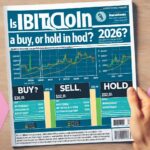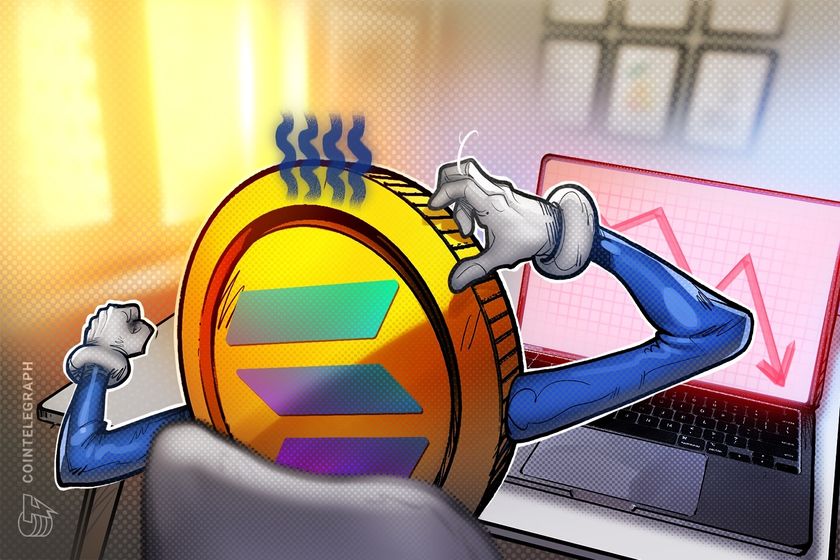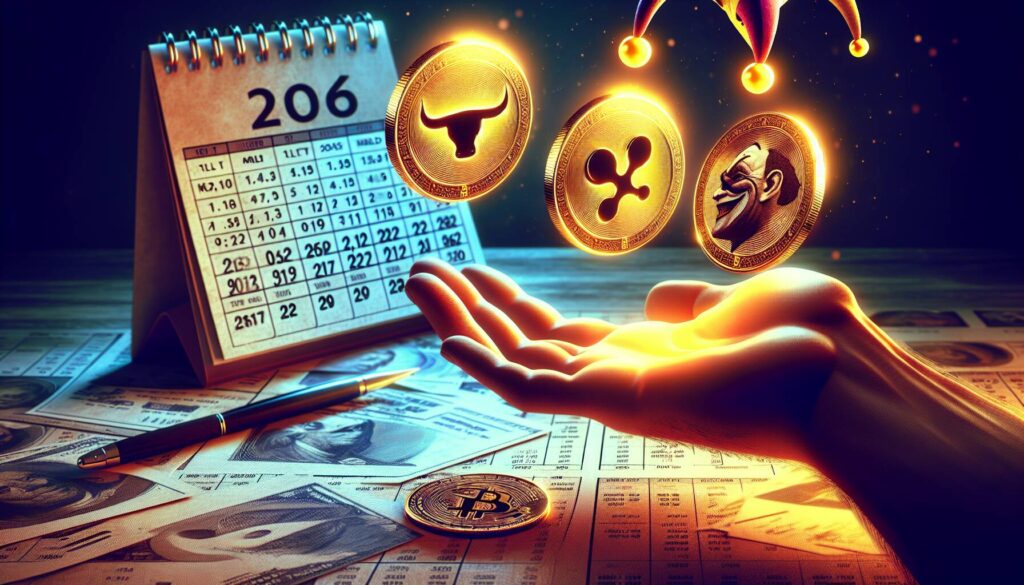In a surprising turn of events, Solana, a notable player in the world of altcoins, has faced a continued decline in its market price, even after receiving significant recognition. Recently, it was one of only three altcoins included in President Trump’s Digital Asset Stockpile, a gesture that many believed would bolster its value and credibility in the ever-volatile cryptocurrency landscape.
This inclusion comes amidst growing interest in digital assets from both investors and lawmakers, reflecting an evolving understanding of cryptocurrencies’ role in modern finance. However, despite the heightened profile that this endorsement brings, Solana’s price trajectory tells a different story. Market analysts are closely monitoring the reasons behind this persistent downturn.
“While institutional interest can enhance perception, the inherent volatility of cryptocurrencies often means that gains are not guaranteed,” noted a market expert.
Currently, Solana’s challenges highlight the unpredictable nature of digital assets. Factors influencing its price may include broader market trends, regulatory developments, and investor sentiment. As Solana navigates these turbulent waters, the cryptocurrency community is keeping a watchful eye on how external influences shape its future.
As Solana continues to grapple with these dynamics, it remains a significant case study in the fluctuating world of cryptocurrencies, where recognition and market performance can diverge dramatically.
Solana’s Price Decline Amidst Political Recognition
Solana, a significant player in the altcoin market, has been recently recognized in President Trump’s Digital Asset Stockpile, yet it is still experiencing a downward trend in its price. This situation raises several key points for consideration:
- Political Recognition:
Being included in a notable political figure’s stockpile may attract attention and legitimacy to Solana but does not guarantee price stability or growth.
- Market Volatility:
The cryptocurrency market is known for its volatility. Despite political endorsements, many factors, including market sentiment and trading volume, affect prices.
- Investor Sentiment:
The ongoing price decline could influence investor confidence, leading them to reconsider their holdings or investment strategies.
- Comparison with Other Altcoins:
As one of three altcoins in the stockpile, Solana could be compared against its peers, impacting competitive positioning and perceived value.
- Future Development and Adoption:
Continued development and adoption of Solana’s technology could play a crucial role in reversing its price trend, suggesting a need for ongoing innovation.
Understanding these factors can help readers make informed decisions about their investments in cryptocurrencies like Solana.
Solana’s Struggles Amid Presidential Spotlight: A Comparative Analysis
Solana, often hailed for its speed and efficiency, has found itself in a precarious position despite being touted by notable figures like former President Trump. This inclusion in Trump’s Digital Asset Stockpile seemed like a golden opportunity for the altcoin; however, it has not shielded it from a critical price decline. Interestingly, this decline isn’t isolated—the broader altcoin market has also shown signs of volatility, leading to a mixed bag of reactions from investors and enthusiasts alike.
Comparing Solana’s current state with other emerging altcoins, it becomes clear that its competitive advantage lies in its unique offering of high throughput and low transaction costs. However, this technical prowess hasn’t translated to price stability or investor confidence. In contrast, competitors like Cardano have maintained more stable price trajectories by fostering strong community engagement and robust updates that resonate with their user base.
Furthermore, despite the prominence given to Solana through its presidential association, the actual impact of such endorsements is debatable. While on one hand, this visibility can attract a new wave of investors who might have previously been unaware or skeptical of Solana, it could simultaneously alienate those who view political affiliations as a risk factor in their investment decisions. Therefore, while some investors may be enticed by the idea of a politically-backed asset, others could see this as a potential liability in an already fragile market landscape.
This situation presents both opportunities and challenges. Trading platforms and financial analysts could leverage this period of uncertainty to educate potential investors on the intricate nuances of Solana and its competitors. On the flip side, existing investors may face dilemmas such as emotional attachment to the asset versus pragmatic financial decision-making. Overall, while Solana’s recent recognition might open some doors, its underlying issues warrant careful consideration among those looking to invest in the rapidly evolving digital currency space.

















